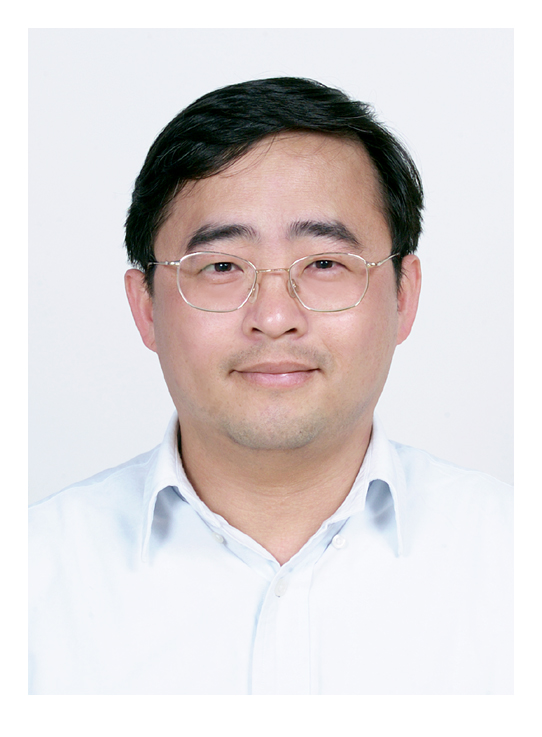Huan-Cheng Chang

Affiliations
Institute of Atomic and Molecular Sciences, Academia Sinica, Taipei, Taiwan
Biography
Huan-Cheng Chang received his B.S. degree in Agricultural Chemistry from National Taiwan University in 1981 and his Ph.D. degree in Physical Chemistry from Indiana University at Bloomington in 1990. He joined the Institute of Atomic and Molecular Sciences (IAMS) of Academia Sinica in 1994 as an Associate Research Fellow and was promoted to be a Distinguished Research Fellow in 2013. His research interests are focused on the development of new methods, tools, and technologies based on physical chemistry and applying them to solve problems of biological and medicinal significance. He pioneered the development of single bioparticle mass spectrometry in 2004 and nanodiamond-based optical bioimaging in 2005, both of which are finding practical applications in various areas of life sciences. His current research activities are devoted to the development and application of surface-functionalized fluorescent nanodiamonds as diagnostic, imaging, and therapeutic devices.
Abstract
Engineering fluorescent nanodiamonds for nanomedicine applications
Huan-Cheng Chang
Fluorescent nanodiamonds (FNDs) are sp3-carbon-based nanomaterials containing a high-density ensemble of nitrogen-vacancy center as fluorophores. The color centers can emit bright far-red fluorescence with perfect chemical stability and photostability, making FNDs useful as in vitro and in vivo contrast agents. Compared with carbon nanotubes and graphene, which have recently received enormous attention for biomedical applications, FNDs are considerably more biocompatible and less toxic. In this lecture, we will show that monocrystalline NDs have excellent hemocompatibility with negligible hemolytic and thrombogenic activities.
No significant elevation of the inflammatory cytokine levels is detected in mice after intravenous injection of the nanocrystallites in vivo. We will then present an example of using fluorescence lifetime imaging microscopy (FLIM) to achieve background-free detection of 100-nm FNDs conjugated with yolk lipoproteins in Caenorhabditis elegans. It is the first demonstration that FNDs are useful as a protein carrier without significantly altering the functionality of the cargos for intercellular transport, cell-specific targeting, and long-term imaging applications in vivo at the single particle level. Finally, we will show how FNDs in combination with FLIM can be used for tracking the engraftment and regenerative capabilities of transplanted lung stem cells in a mouse model.

